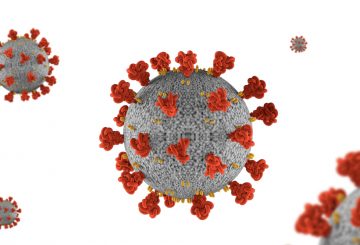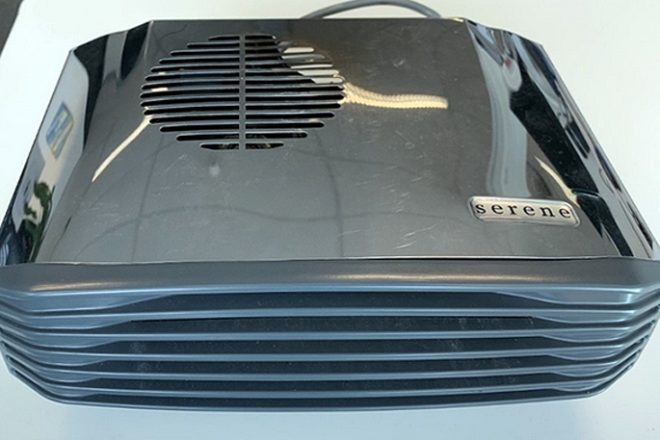Stewart Island, also known as Rakiura, is home to around 400 people and a variety of predators that pose a threat to native plants and wildlife. An ambitious project, Predator Free Rakiura, is underway to protect the island’s native species. If successful, it will be the world’s largest predator eradication project for an inhabited island.
The project began in 2019 and gained momentum in 2021 with the establishment of its governing body, Te Puka Rakiura Trust. The goal is challenging but achievable, according to an assessment conducted this week. Trustee Rob Phillips explained that the project aims to protect unique species on the island, such as the southern dotterel, which is currently in danger.
In addition to the dotterel, other species that need protection include the South Island saddleback, southern brown kiwi, harlequin gecko, and long-tailed bat, along with various flora and fauna. To achieve this, the project aims to eradicate six species: possums, feral cats, hedgehogs, kiore, Norway rats, and ship rats.
Despite the daunting task, the trust’s general manager, Darius Fagan, remains optimistic. He cited the example of Miramar in Wellington, where a similar project was successfully carried out in a densely populated area. Fagan believes that the goal is difficult but not impossible and definitely worth trying.
The project has received some resistance from locals who fear that making the island predator-free could lead to an increase in visitor numbers. However, support for the project remains strong. The project’s current focus is on creating a delivery plan for the initiative. Over the next year, the trust plans to finalize the implementation plan, develop a biosecurity plan, and carry out a research program.
So far, the project has made significant progress, including building a deeper understanding of the expectations of the Ngāi Tahu people, implementing a $2.8 million research partnership, sampling mice on the island, and surveying hedgehogs. The Department of Conservation is a key partner and funder of the project. The project will provide an update to Environment Southland in the coming months as progress continues to be made rapidly.


















































-360x245.jpg)





